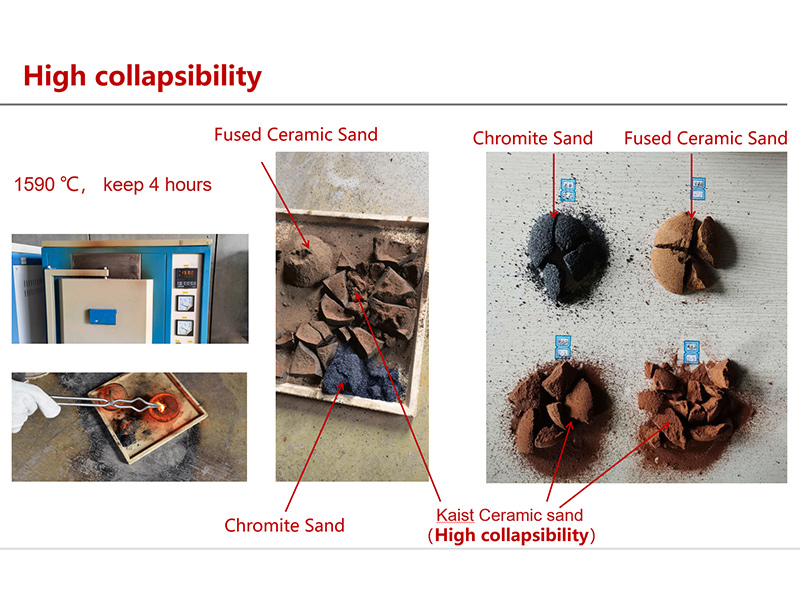The Art and Science of Sanding Clear Resin A Complete Guide
Resin art has gained immense popularity in recent years, with artists and hobbyists alike creating stunning pieces using clear resin. One of the crucial steps in achieving a flawless finish in resin projects is the sanding process. While it may seem straightforward, understanding the nuances of sanding clear resin can greatly enhance the quality of your finished piece. In this article, we will explore the methods, tools, and techniques involved in sanding clear resin, ensuring a glossy and professional look.
Understanding Clear Resin
Clear resin, often made from a mixture of epoxy compounds, is valued for its transparency and durability. It can be used in a variety of projects, including jewelry making, tabletop coatings, and decorative art pieces. However, one of the challenges in working with resin is its tendency to develop imperfections, such as bubbles, uneven surfaces, or even scratches. Proper sanding techniques allow artists to smooth these imperfections and prepare the surface for a brilliant final coat or polish.
The Sanding Process Step-by-Step
1. Preparation Before you begin sanding, ensure that your resin piece is fully cured. This can take anywhere from 24 to 72 hours, depending on the type of resin used and environmental conditions. Once cured, gather your sanding materials—wet and dry sandpaper in varying grits (from coarse to fine), a sanding block or sponge, and a spray bottle filled with water.
2. Initial Sanding Start with a coarser grit sandpaper, such as 80-120 grit, especially if you are working on areas with significant imperfections or uneven surfaces. Sand the resin lightly using circular motions, consistently checking your progress. It’s essential to keep the surface moist using your spray bottle; this reduces dust and helps to prevent overheating the resin.
sanding clear resin

3. Progress to Finer Grits Once the coarse grit has smoothed out the major flaws, switch to a medium grit (220-400) sandpaper. Continue to sand in a similar circular manner, ensuring even coverage. Keep the surface wet to maintain a clean work environment and to avoid deep scratches.
4. Finishing Sanding After achieving a smooth base with medium grit, move to fine grit sandpaper (600-1000 grit). This step is crucial for obtaining that glass-like finish. More extensive sanding can be done if you wish to refine the surface to perfection, focusing on creating a uniform texture without visible scratches.
5. Polishing Once you finish sanding, it’s time to polish your piece. Use a polishing compound suitable for plastics or resin, applying it to a soft cloth or buffing pad. Buff the piece gently, working in small sections. This step enhances clarity and brings out the shine that clear resin is known for.
Tips for Success
- Work in a Well-Ventilated Area Always sand and polish in a space with good airflow to minimize inhalation of resin dust and fumes. - Be Patient Rushing the sanding process can lead to errors or uneven surfaces. Take your time to gradually work through the grits. - Use the Right Tools Invest in quality sandpaper and polishing pads. The right tools can make a significant difference in the outcome of your project. - Practice If you're new to sanding resin, practice on scrap pieces before working on your final project. This will give you an idea of how the material reacts to different grits and techniques.
Conclusion
Sanding clear resin may seem like a small step in the creation process, but it is pivotal in achieving a professional-looking finish. By understanding the methods, techniques, and tools required, artists can elevate their resin work from amateur to exceptional. With practice and patience, the endless possibilities of resin art become even more accessible, allowing for a beautiful blend of creativity and craftsmanship. Happy sanding!
Post time:Lis . 11, 2024 09:44
Next:sand used in foundry
